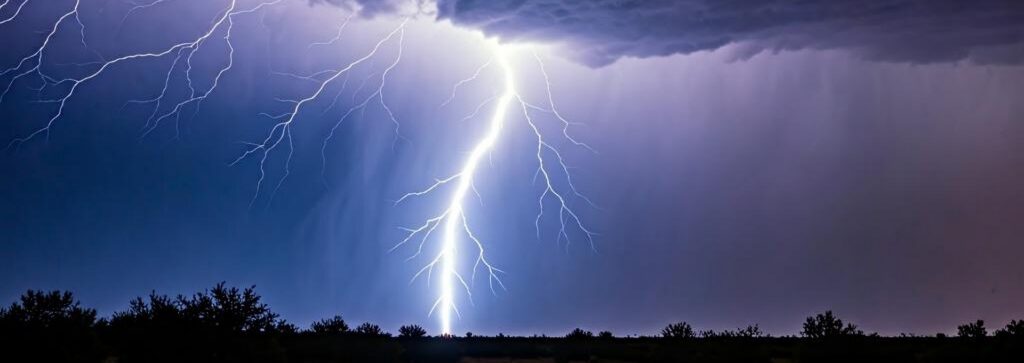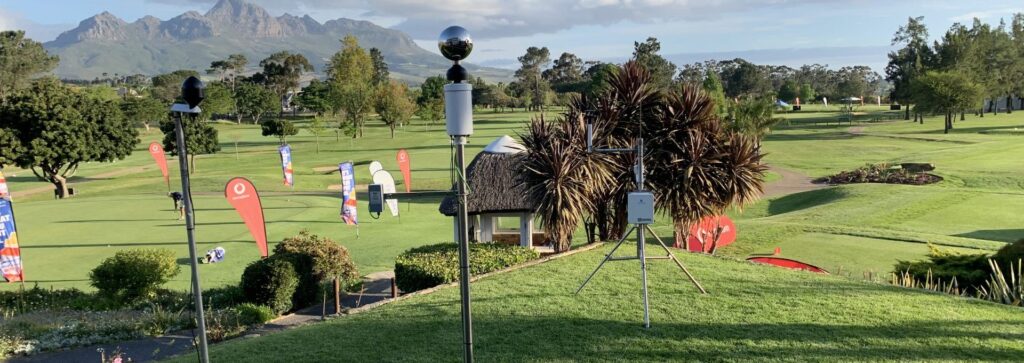When storm clouds gather and thunder rumbles overhead, the last thing you want is to be caught off guard. Lightning is not just dramatic, it’s a real hazard. That’s where a high-performance lightning detector becomes a guardian in the skies, offering early warning and critical decision support.

Why Ordinary Warnings Aren’t Enough
Traditional warnings (radar, weather apps, lightning networks) deliver valuable data – but usually only when lightning is already happening or when storms are visible from afar. What about that first, unexpected flash overhead, or lightning forming locally? That’s the blind spot many systems can’t cover. The most dangerous moment is precisely when you don’t see it coming.
Modern lightning detectors, especially those using quasi-electrostatic sensing, bridge that gap. They don’t rely solely on radio signals (which are vulnerable to interference) but track changes in atmospheric electric fields and charged precipitation. This gives them the power to detect the risk before the first strike.
The Technology Behind the Warning
Leading devices, like those from Biral’s BTD line, combine multiple sensing modes:
- Electrostatic field measurement: Detects subtle changes in the local electric field (below ~50 Hz), signalling the build-up to a thunderstorm.
- Range estimation: Once a discharge occurs, the sensor can estimate how far away the lightning is, helping gauge threat.
- Multi-type detection: They identify cloud-to-cloud, intra-cloud, and cloud-to-ground discharges, giving a fuller picture of storm activity.
- Low false alarm design: Because electrostatic signals are less prone to interference than radio, these devices achieve very low false alarm rates. (In trials, <2% false alarms is common.)
When a device senses danger, it communicates with monitoring software (e.g. “Lightning Works”) or triggers local alarms or relay outputs to warn personnel.

Applications That Rely on Early Lightning Warning
The reach of a lightning detector is only as powerful as its application. Here are a few use cases:
- Outdoor events & leisure sites: Golf courses, stadiums, festivals, theme parks – anywhere people gather outside – need fast, reliable alerts before evacuations become urgent.
- Industrial and mining sites: Operations often run outdoors; safe shutdowns during storms can avoid accidents and reduce liability.
- Aviation & airports: Runways and ramp areas are exposed. A detector with a long range (e.g. ~83 km) helps in meeting regulatory safety margins.
- Wind farms & tall structures: Workers on towers or nacelles can benefit from early warnings before storms approach overhead.
- Meteorology & research: For capturing data, verifying networks, or supplying local storm data when networks are sparse.
Choosing the Right Detector
When evaluating a lightning detection system, consider:
- Detection range: Short-range (~35 km) systems are good for local sites; long-range (~80+ km) systems suit aerial or large facility planning.
- False alarm rate: Lower is better – false alerts drain trust.
- Type of detection (electrostatic + range, vs radio only) – the more modes, the better coverage.
- Interfaces & outputs: Does it connect to your software, relays, alert systems?
- Durability & certification: Weatherproofing (IP ratings), regulatory compliance (e.g. EN50536, IEC standards) are key over long life.
By giving operators advance awareness of atmospheric changes, these devices help turn a reactive response into a proactive strategy.
Contact us for more information or to book a consultation.